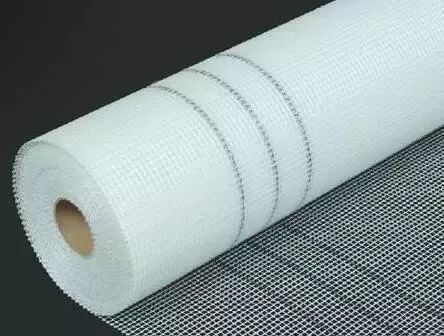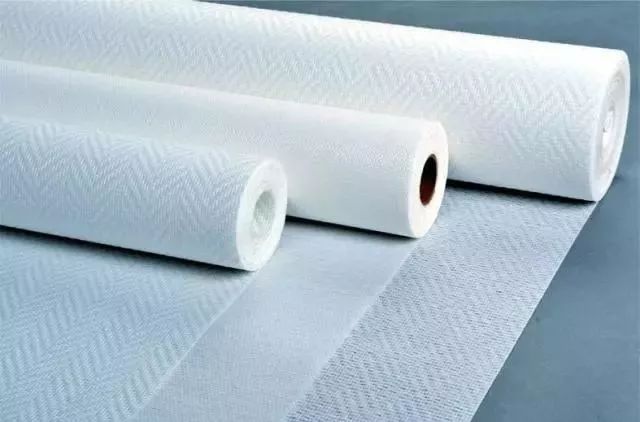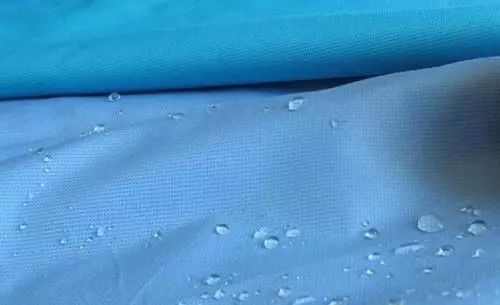Overview of fiberglass nonwovens
Glass fiber nonwovens is a name frequently used in the foreign fiberglass industry, and it represents a large category of products.
Glass fiber nonwovens are one of the three major segments of the composites business unit (reinforcements, technical fabrics, and nonwoven technologies). company (headquartered in the United States), nonwovens are part of Maker Solutions. ADFORS, a glass fiber processor owned by Saint-Gobain Group (headquartered in France), has a specialized agency to deal in glass fiber nonwovens.

There are many types of fiberglass nonwoven products, and the fiberglass nonwoven products sold by various manufacturers are also different.
Glass fiber nonwovens include high-speed air-blown glass microfiber mats, wet glass fiber mats and needle-punched glass fiber mats.
ADFORS’s fiberglass nonwoven products include wet-laid and dry-laid fiberglass mats, etc. The fiberglass nonwoven products of American PPG Company are needle punched felt and continuous strand felt. The fiberglass nonwoven products division of American fiberglass processor AFG specializes in the production of needle felts. European 3B Fiberglass Company classifies its glass fiber continuous strand mat as a nonwoven product.

Various forms of fiberglass nonwoven products are described below.
1
Thin felt
Owens Corning began producing dry-laid fiberglass mats as early as the 1950s, and then led the roofing materials industry in the late 1970s to use asphalt shingles based on fiberglass mats. In the 1980s, Owens Corning acquired two European sheet felt companies. Currently, the company operates 5 thin felt factories around the world, respectively in the Netherlands (1), the United Kingdom (1), and the United States (3). At present, most of the production of thin felts is produced by wet method, but there are still thin felts produced by dry method. Recently, Owens Corning announced an investment in a new state-of-the-art wet-laid matting facility in North Carolina, USA, to support the company’s participation in the growing fiberglass nonwovens market. The factory will produce Sustaina mat products using formaldehyde-free binders and will respond to user demand for bio-based products.

With experience in developing and manufacturing fiberglass fiberglass nonwovens, dry-laid thin mats were trial-produced for the first time in 1948 at the Coburg factory in Germany (formerly Schuler AG), and production began 2 years later. In 1968, the first wet felt production line started operation at the Wertheim factory in Germany. Recently the company announced the optimization of the fiberglass mat production line at the Wertheim plant to respond to local user and market needs.
holyAmong them, 3B continuous strand mat also showed good compatibility with polyurethane foam.
According to PPG, its MATVANTAGE II continuous strand mat does not contain cured soluble binders, but is composed of multiple layers of randomly oriented continuous strands stitched together. Felts of various densities are white in color. This felt is particularly suitable for pultrusion and is compatible with general-purpose and corrosion-resistant polyester resins as well as vinyl ester and epoxy resins. The felt can be cut into required widths; the felt is soft and can adapt to complex shapes; the stitching technology used enables the original yarns to be positioned and no loose yarns are produced; the random orientation of the original yarns results in excellent omnidirectional mechanical properties.
4
other
In a broad sense, chopped strand mat is also a kind of glass fiber nonwoven fabric, but it is one of the most commonly used reinforcing materials. All manufacturers operate it as the main reinforcing material. It is already familiar in the industry, so this article will not discuss it. Repeat.
In addition to the above-mentioned fiberglass nonwoven fabrics, there is also a fiberglass mat formed by thermal bonding. For example, the Metafil felt of the American BGF company is a felt formed by thermal bonding of aluminum-coated glass fiber. This felt can effectively shield electromagnetic interference and is suitable for military radar isolation and use as satellite antennas and shielding materials.







